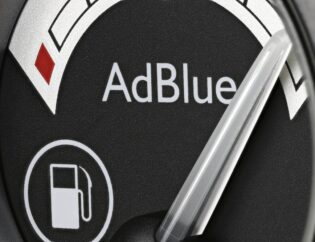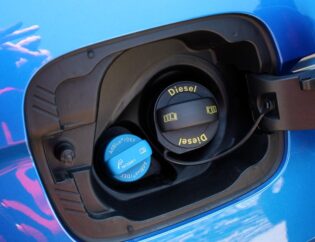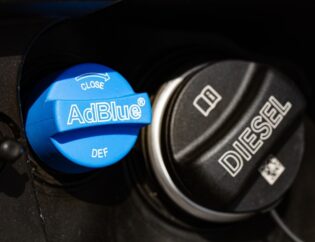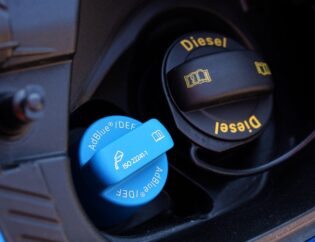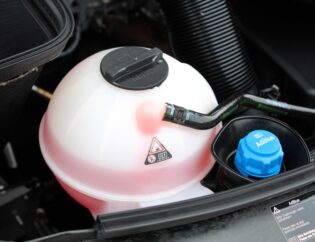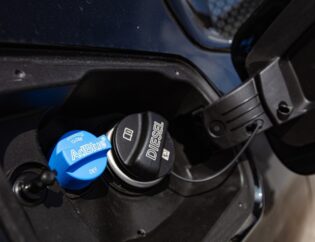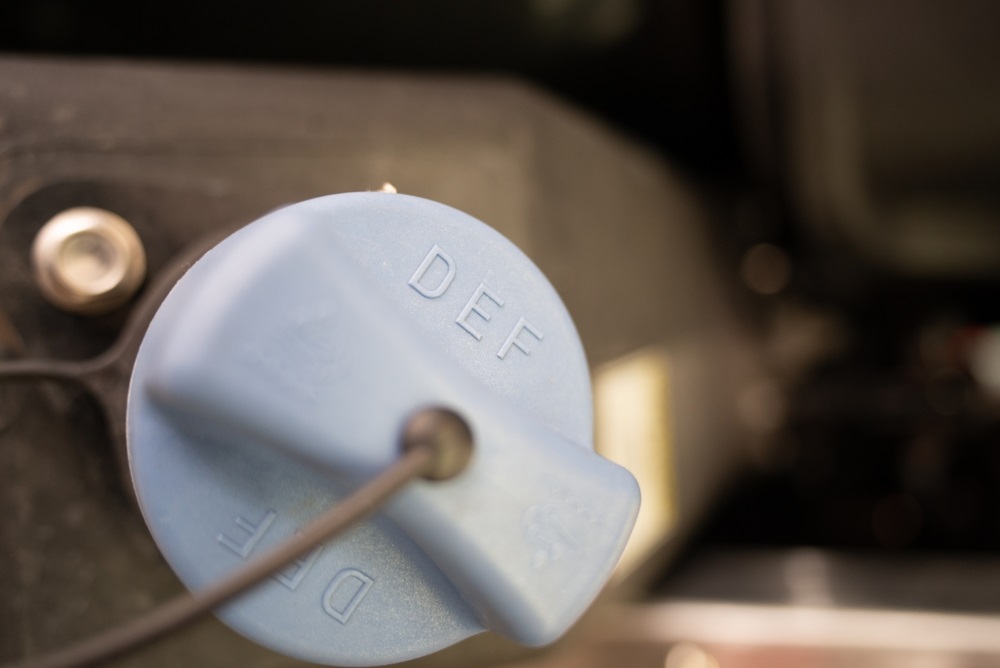
Understanding what happens when AdBlue is added to diesel, the consequences of misfuelling, and the best ways to prevent these mistakes is essential for diesel vehicle owners. In this article, we’ll cover how to avoid AdBlue misfuelling, what to do if it happens, and the best practices for handling AdBlue correctly.
Contents
Understanding AdBlue and Its Role in Diesel Engines
Before diving into the risks of misfuelling, it’s important to understand what AdBlue is and why it is used in modern diesel vehicles.
What Is AdBlue?
AdBlue is a colorless, non-toxic fluid made from 32.5% high-purity urea and 67.5% deionized water. It is not a fuel additive but is injected separately into the exhaust system of diesel vehicles equipped with Selective Catalytic Reduction (SCR) technology. This process helps reduce NOx emissions by breaking them down into harmless nitrogen and water vapor.
Because AdBlue plays a crucial role in lowering emissions, vehicles that rely on it will not function properly if the fluid runs out or if misfuelling occurs.
How AdBlue Works in Diesel Vehicles
Diesel engines equipped with SCR technology have a dedicated AdBlue tank. The fluid is injected into the exhaust system, where it reacts with hot gases, converting harmful pollutants into less harmful substances. Unlike fuel, AdBlue does not enter the combustion process—it solely functions as an emissions treatment solution.
Due to this separation, adding AdBlue directly into the diesel tank can cause major mechanical failures, making it essential to handle the fluid correctly.
What Happens If You Put AdBlue Into a Diesel Tank?
Accidentally pouring AdBlue into the diesel fuel tank is one of the most damaging mistakes a driver can make.
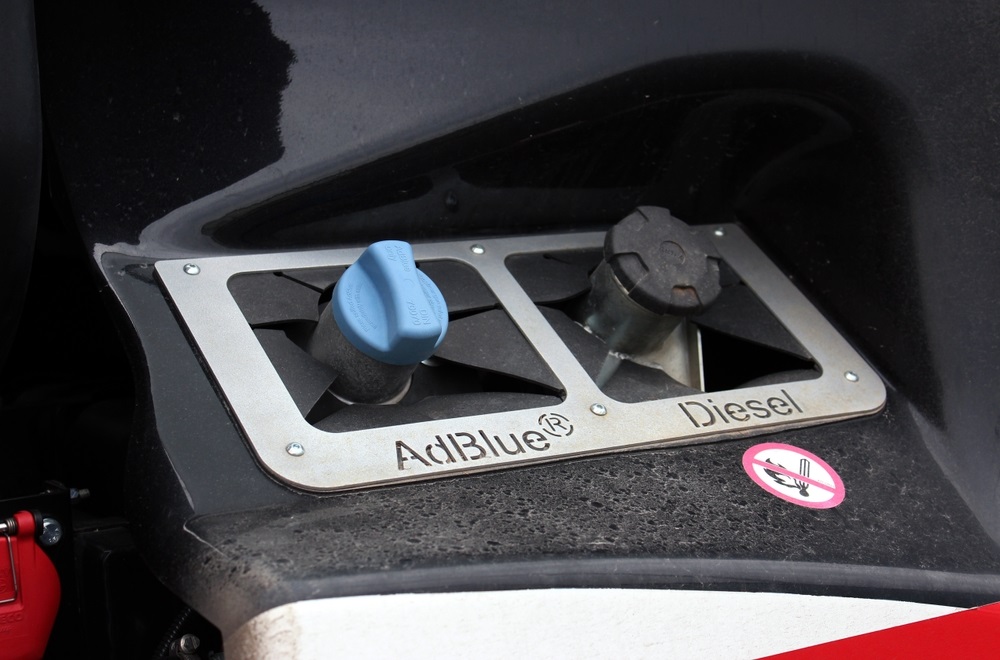
Immediate Effects of AdBlue in Diesel
AdBlue is highly corrosive to metal and does not mix with diesel fuel. When it enters the diesel tank:
- It begins reacting with diesel, forming a sticky, gel-like substance.
- This mixture clogs fuel filters, injectors, and fuel pumps, preventing the engine from running correctly.
- The SCR system and fuel system can suffer irreversible damage, requiring expensive repairs or even a full engine replacement.
Long-Term Consequences of Misfuelling
If AdBlue enters the fuel system and the vehicle is started, it can cause:
- Severe engine damage due to injector blockages.
- Expensive repair costs, often requiring full fuel system replacement.
- Vehicle breakdown, leading to towing and emergency repair expenses.
Even small amounts of AdBlue in diesel can lead to catastrophic failure. Therefore, recognizing misfuelling early and addressing it immediately is crucial.
How to Prevent AdBlue Misfuelling
Since AdBlue misfuelling can result in costly damage, it’s important to take proactive steps to avoid making this mistake.
Checking Fuel Filler Caps and Labels
Most modern diesel vehicles have clearly labeled filler caps for both diesel and AdBlue. To prevent misfuelling:
- Always check the labels before filling up.
- AdBlue filler caps are typically blue and smaller than diesel fuel caps.
- Some vehicles have misfuelling prevention mechanisms, such as special caps that only accept AdBlue nozzles.
By carefully reading labels and ensuring the correct filler is used, drivers can avoid costly mistakes.
Using Proper AdBlue Refilling Techniques
When adding AdBlue to your vehicle, follow these best practices:
- Use AdBlue containers with spouts or nozzles designed for diesel vehicles.
- Avoid using fuel station AdBlue pumps unless you’re certain about the correct filler location.
- Store AdBlue in its original packaging and keep it separate from fuel containers.
Proper refilling techniques eliminate confusion and minimize the risk of misfuelling.
What to Do If You Accidentally Put AdBlue Into Diesel
Despite taking precautions, misfuelling can still happen. If AdBlue has been poured into the diesel tank, immediate action is necessary.
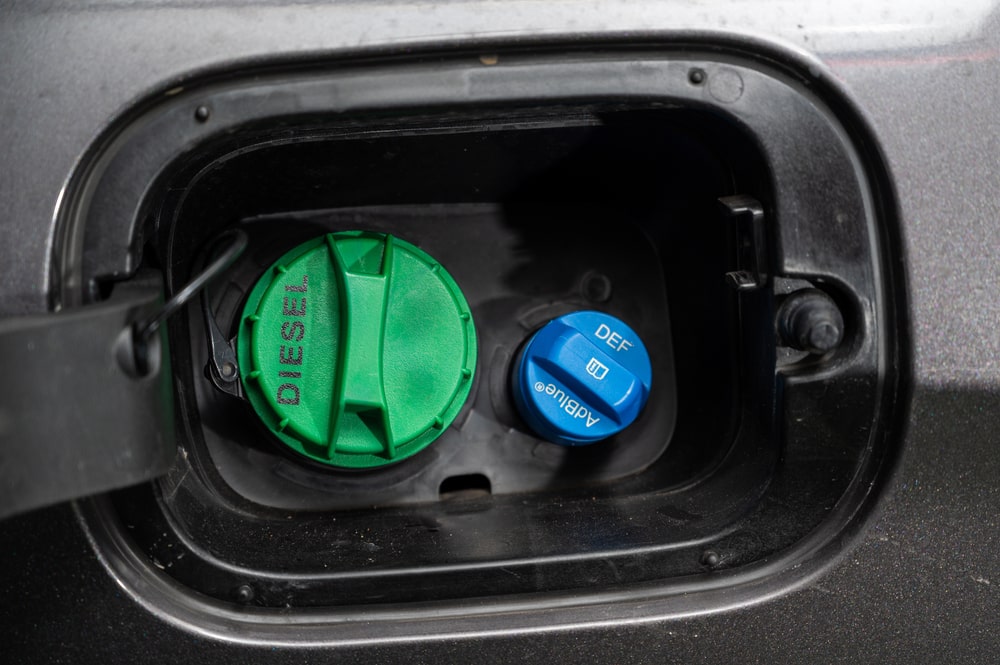
Do Not Start the Engine
The most important step is to avoid turning on the engine. If AdBlue is mixed with diesel and the engine runs, it will circulate through the system, increasing the risk of severe damage.
Seek Professional Assistance Immediately
If AdBlue has entered the diesel tank:
- Do not start the vehicle—this prevents fluid from spreading.
- Call a mechanic or roadside assistance—a professional will need to drain the contaminated fuel tank.
- Flush the fuel system—a technician may need to replace fuel filters and clean injectors.
Prompt action can minimize repair costs and prevent further damage to the vehicle.
Additional Best Practices for Handling AdBlue
Beyond preventing misfuelling, there are other best practices that can help ensure AdBlue is handled correctly.
Storing AdBlue Properly
To maintain the quality of AdBlue and prevent contamination:
- Store AdBlue in a cool, dry place away from direct sunlight.
- Keep containers sealed tightly to prevent exposure to moisture or air.
- Use dedicated AdBlue containers to avoid cross-contamination with fuel.
Proper storage ensures that AdBlue remains effective and free from impurities.
Understanding AdBlue Expiration Dates
AdBlue has a shelf life of 12 to 24 months when stored correctly. Expired or contaminated AdBlue can cause SCR system malfunctions, leading to costly repairs.
Before using AdBlue, check:
- The expiration date on the container.
- The clarity of the fluid—cloudiness or sediment indicates contamination.
Using high-quality AdBlue from trusted suppliers like Azure Chemical ensures optimal performance.
FAQs
1. Can a small amount of AdBlue in diesel cause damage?
Yes, even a small amount can contaminate the fuel system and lead to severe mechanical failures.
2. What should I do if I put AdBlue in my diesel tank?
Do not start the engine. Seek professional assistance immediately to drain and flush the fuel system.
3. How can I prevent AdBlue misfuelling?
Always check filler labels, use proper refilling equipment, and store AdBlue separately from fuel containers.
4. Is AdBlue a fuel additive?
No, AdBlue is not a fuel additive. It is injected into the exhaust system to reduce emissions.
5. Where can I buy high-quality AdBlue?
You can purchase high-quality AdBlue from Azure Chemical, ensuring purity and compliance with emissions regulations.
Conclusion
Misfuelling with AdBlue can lead to expensive repairs, engine failure, and unnecessary downtime. However, by carefully following best practices—such as checking fuel labels, using correct refilling techniques, and handling AdBlue properly—drivers can prevent costly mistakes.
At Azure Chemical, we provide premium-quality AdBlue that meets ISO 22241 standards, ensuring safe and efficient performance for diesel vehicles. Contact us today to purchase high-purity AdBlue and keep your vehicle running smoothly while meeting emissions standards!

